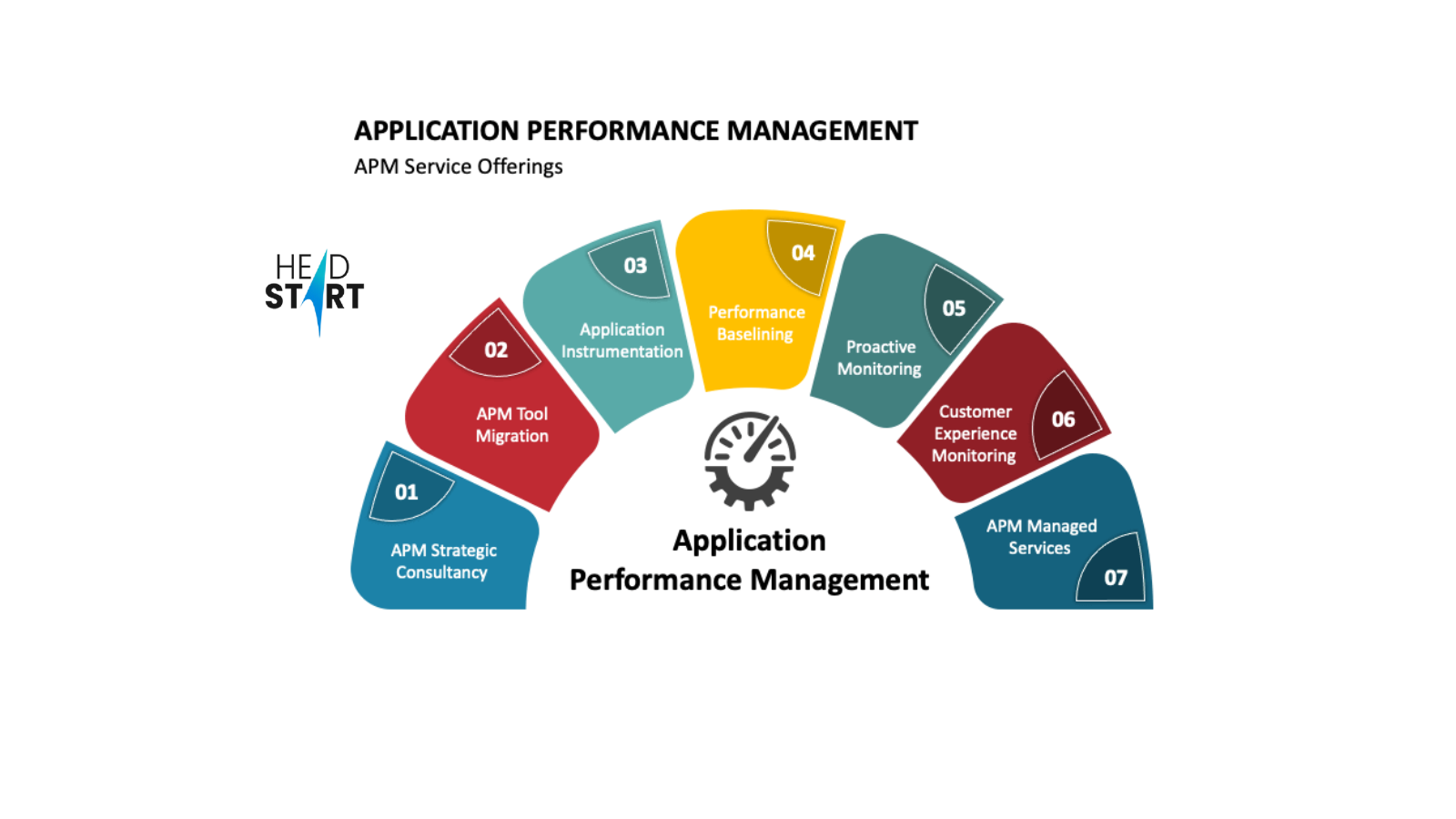From Code to Customer: The Role of Application Performance Management
Last updated on September 3, 2024
Published on September 3, 2024

Table of contents
APM, or Application Performance Management, is the personal coach who always observes, analyses, and fine-tunes every move of your software to perform at its best. APM doesn’t just monitor; it predicts, prevents, and perfects, turning raw code into seamless user experiences. Be it speeding up slow response times, balancing heavy traffic loads, or unravelling complex bottlenecks, APM is the silent force working untiringly behind the scenes. It ensures applications not only work but thrive, delighting users with every click, tap, and scroll, making every digital interaction a masterpiece of efficiency and satisfaction.
What is Application Performance Management?
Application Performance Management is the software that helps organisations ensure the desired standards of performance, availability, and user experience of their applications. This concept lets organisations proactively locate and fix issues in performance through real-time insight and analytics before they can influence users or disrupt business operations, which ensures a seamless and reliable experience.
Application performance monitoring vs. application performance management
APM can refer to both application performance monitoring and application performance management. While monitoring zeroes in on specific metrics and measurements to track the performance of applications, management encompasses the broader discipline of planning and executing strategies to optimise application performance. Both terms relate to technology and practices aimed at enhancing application performance.
Observability vs. Monitoring
APM primarily involves monitoring application performance and system health by collecting and displaying data, which teams analyse using various methods. Monitoring typically focuses on individual metrics to identify specific issues.
In contrast, it’s about understanding what is going on with the interior of a system based on produced data, such as logs, metrics, and traces. Having this deeper insight allows teams to identify the root cause of problems and put that problem in context. Observability supplies context about what’s going on throughout multi-cloud environments when tapping into this telemetry data, helping teams find and eliminate the source of issues.
Any effective APM solution should therefore be integrated, observability-based, and consider modern cloud environments as complex and distributed systems.
Why Is Application Performance Management Important?
There is a great role of application performance management in optimising CRM application features. APM is important for several reasons for the following:
- User Experience:
Through APM, the organisation can deliver an optimal user experience. It deals with different performance metrics of response time and availability. Further ahead, APM traces issues related to performance that impact user satisfaction and helps the organisation take remedial, timely actions for seamless application usage.
- Business Operations:
The performance problems in applications cause massive disruption to smooth business operations that result in the loss of productivity, unhappy customers, and even loss of revenue. APM allows the organisation to trace the problems as fast as possible and resolve them, reducing their impact on business operations and thereby retaining the efficacy of operations.
- Cost Savings:
Optimising application performance means that APM keeps organisations from unnecessarily spending money on over-provisioning resources. By locating and eliminating the bottlenecks in application performance, one could get the advantages of better resource utilisation, thus bringing down the actual costs of running the operations.
- Proactive Problem Resolution:
APM helps an organisation catch up on performance issues before they become big. It monitors the constant key metrics and can identify the early warning signs, hence empowering an organisation to take proactive steps in advance to prevent issues that may affect users or disrupt business operations.
How does Application Performance Management Work?
Application Performance Management tools monitor the transaction speed of end-users, systems, and network infrastructure to identify bottlenecks and likely points of service failure. Providing insight into performance problems, APM thus helps system administrators rapidly identify the source of a problem and undertake an accurate diagnosis of its root cause so that a predictable, reliable level of service is obtained for users.
To Consolidate All Aspects:
Application Performance Management would ensure the applications are tuned for efficiency and reliability; performances would be flawless and work as per the expectations of the users. This is where APM tools come into play. Using these, organisations are able to identify problems in performance proactively and have them fixed, thus increasing user satisfaction with operational efficiency. This is no less important in systems such as student application management, where smooth performance directly touches the user experience of students and administrators alike. With keen competition in the market landscape, HeadStart’s state-of-the-art APM solutions help shape your strategy to ensure top performance from your applications. Take application performance to the next level and drive success with HeadStart. Reach out today and learn more about how we can help you achieve your goals.



